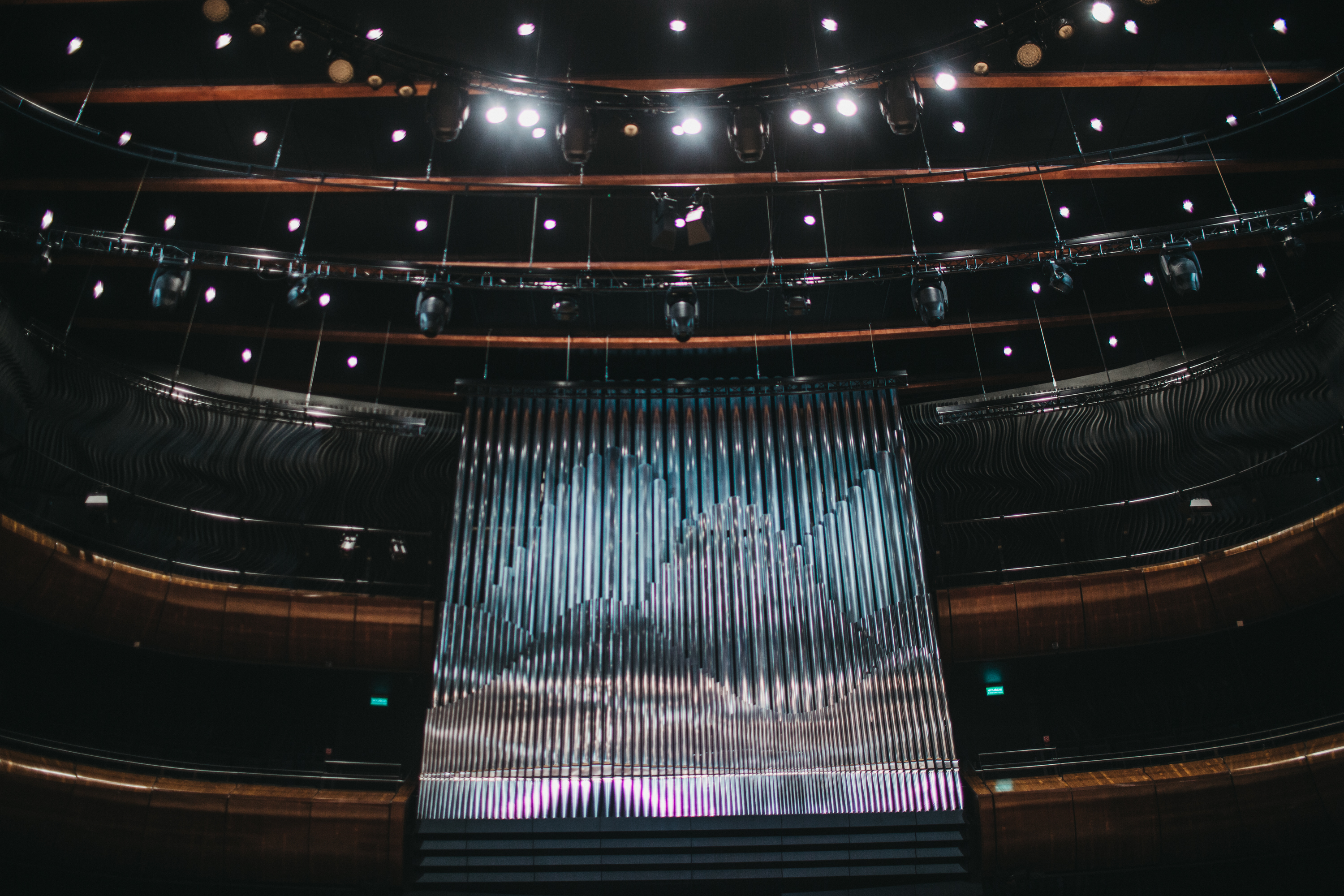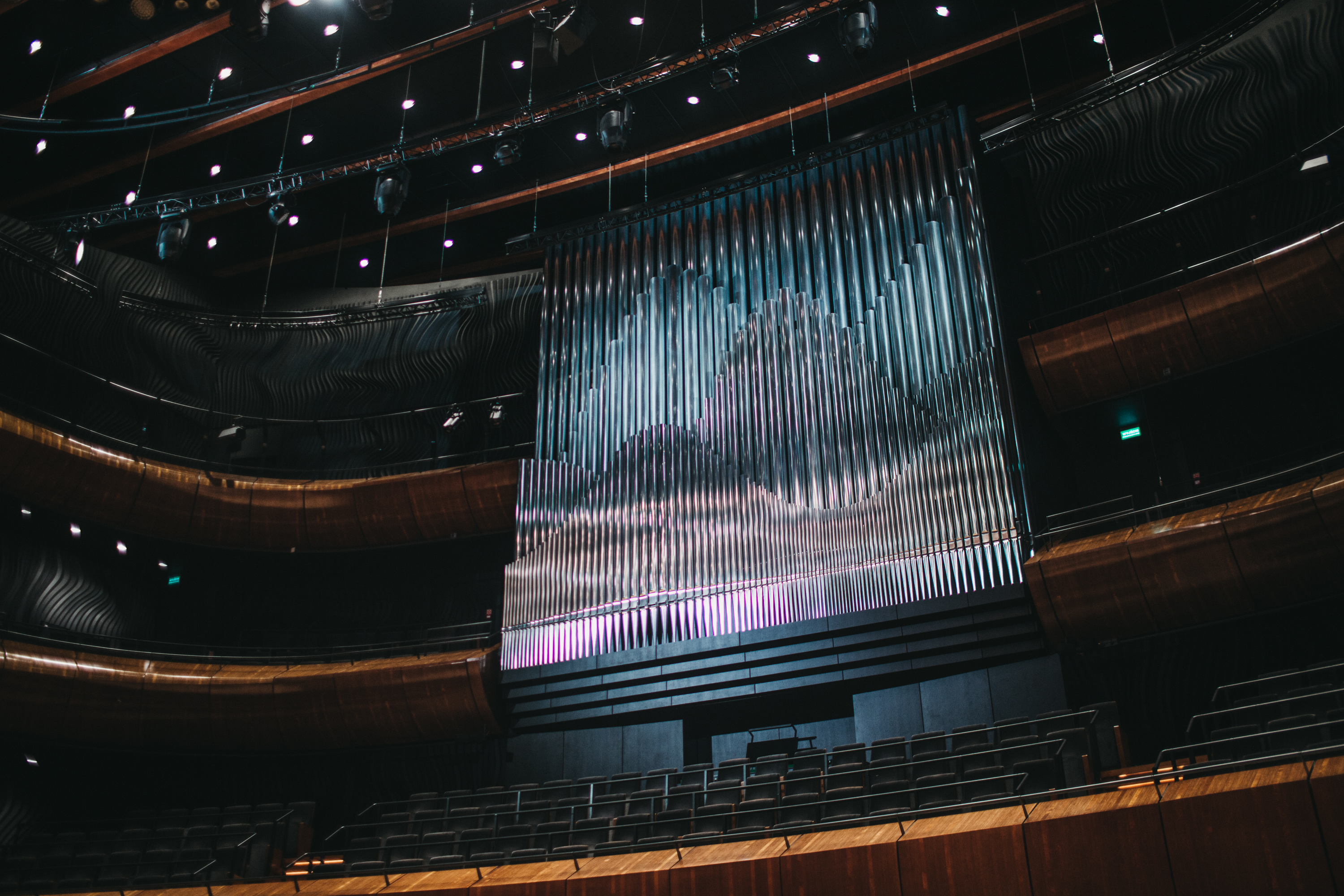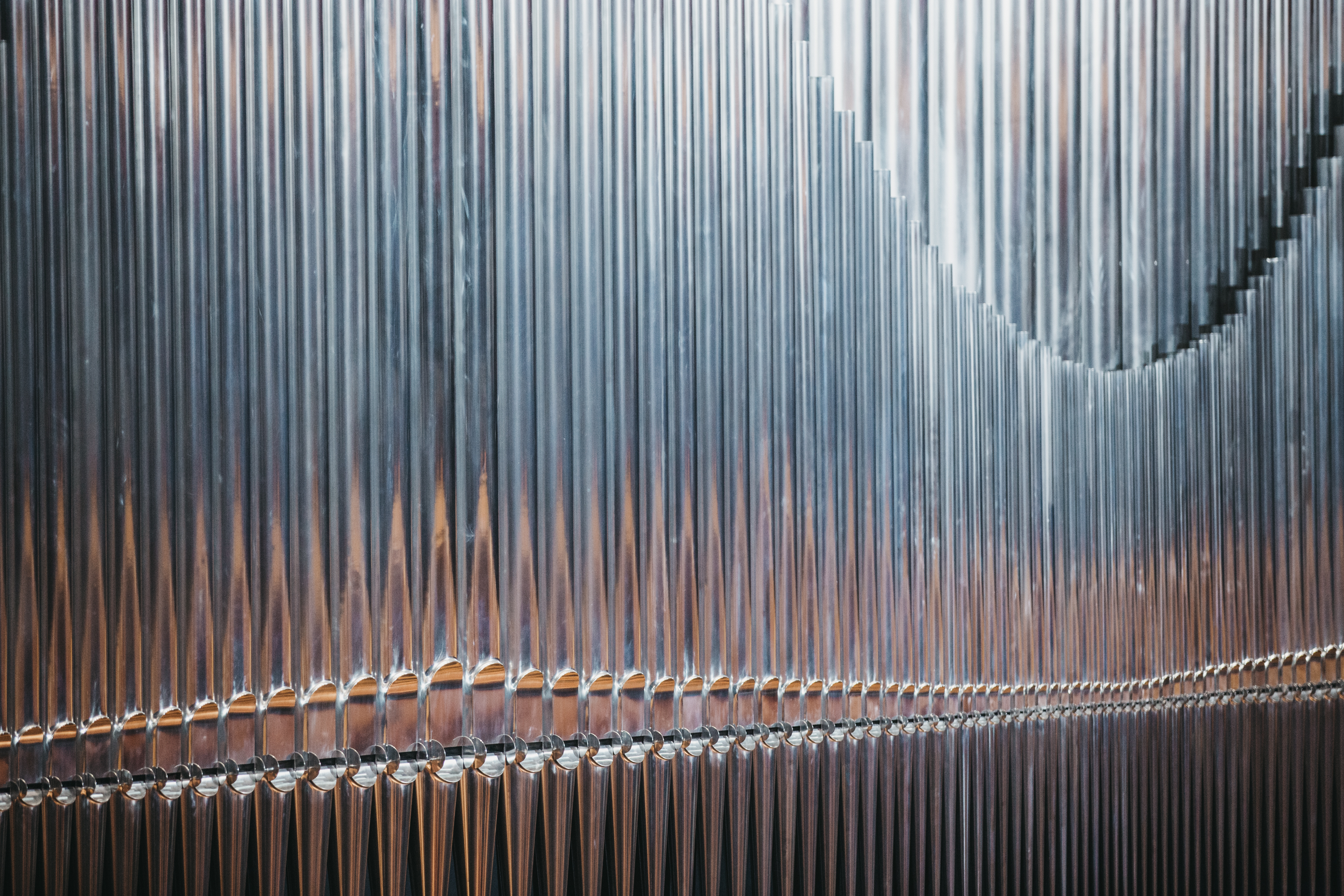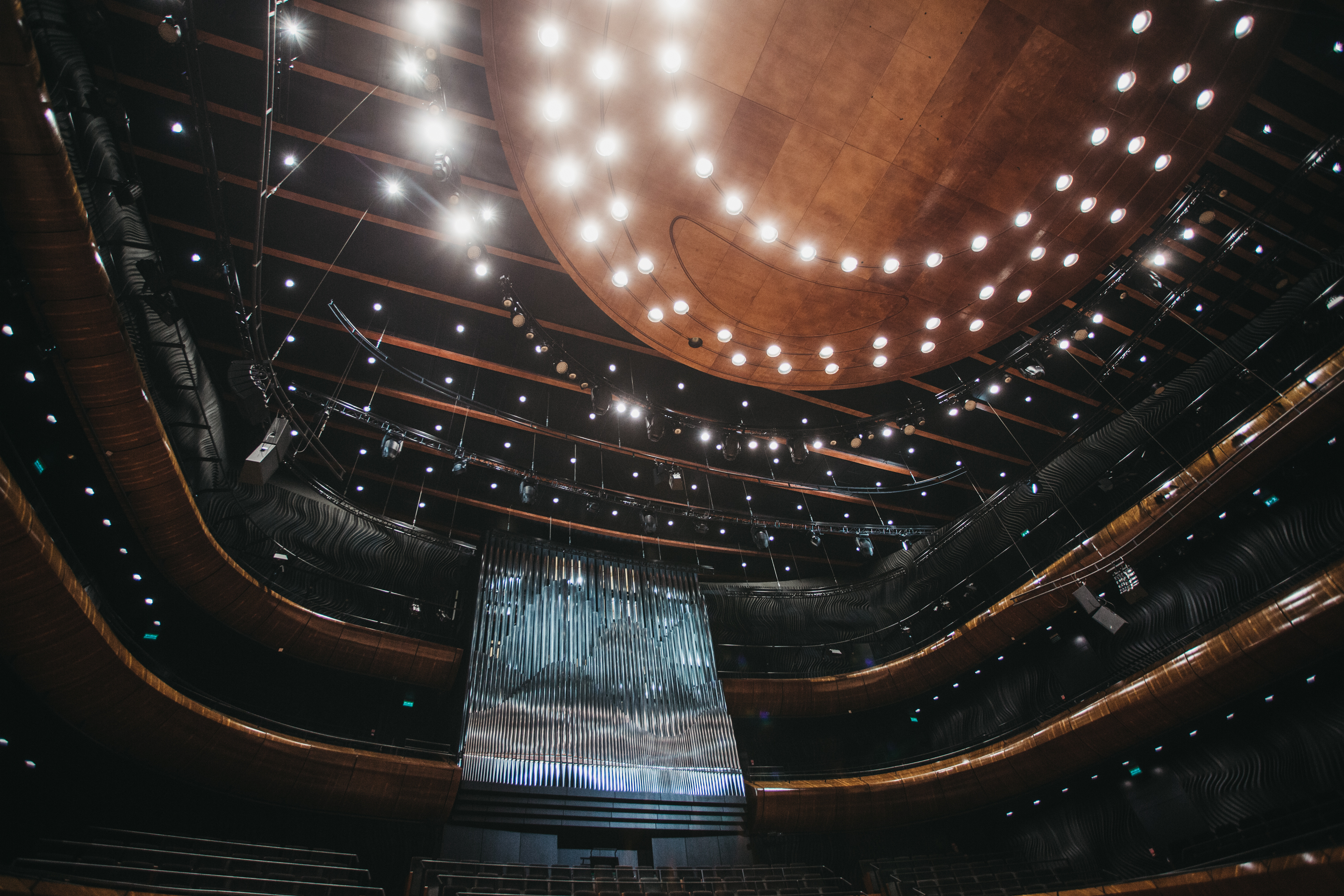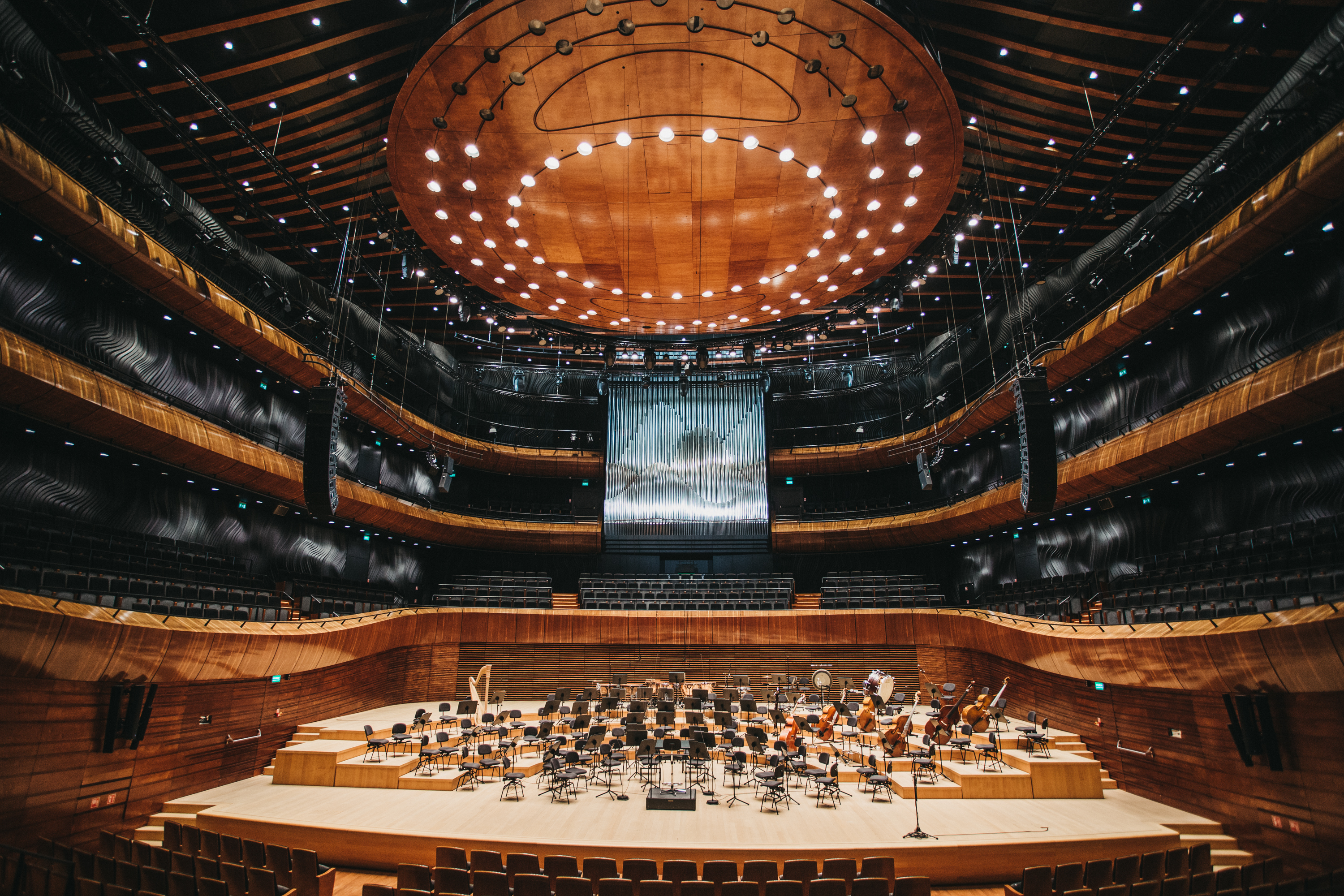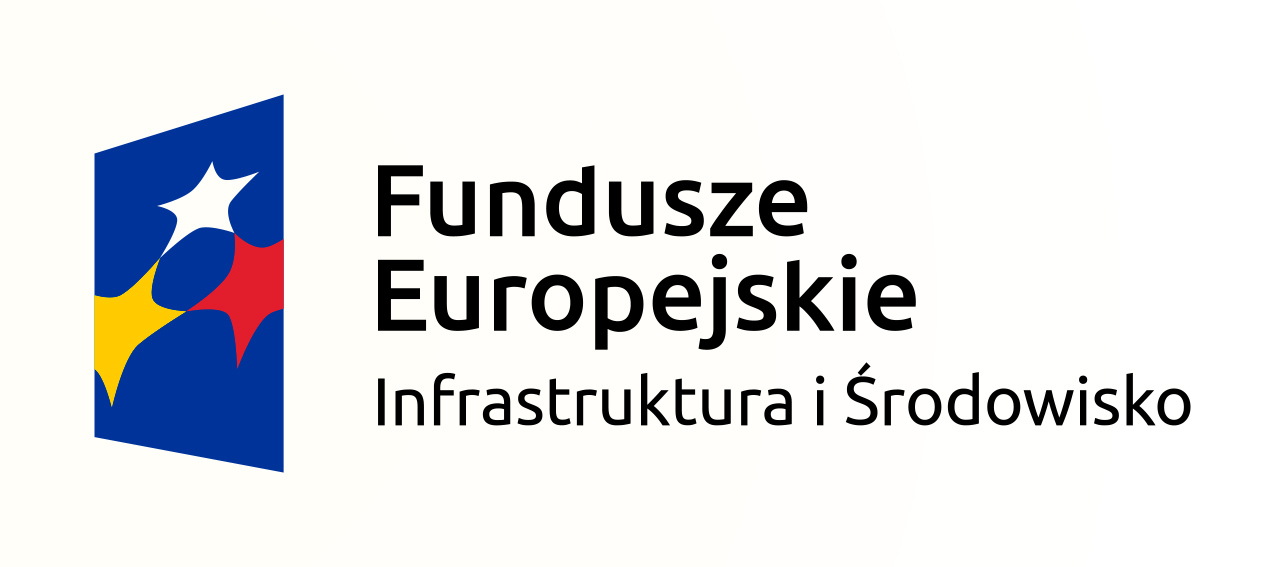Organ - NOSPR
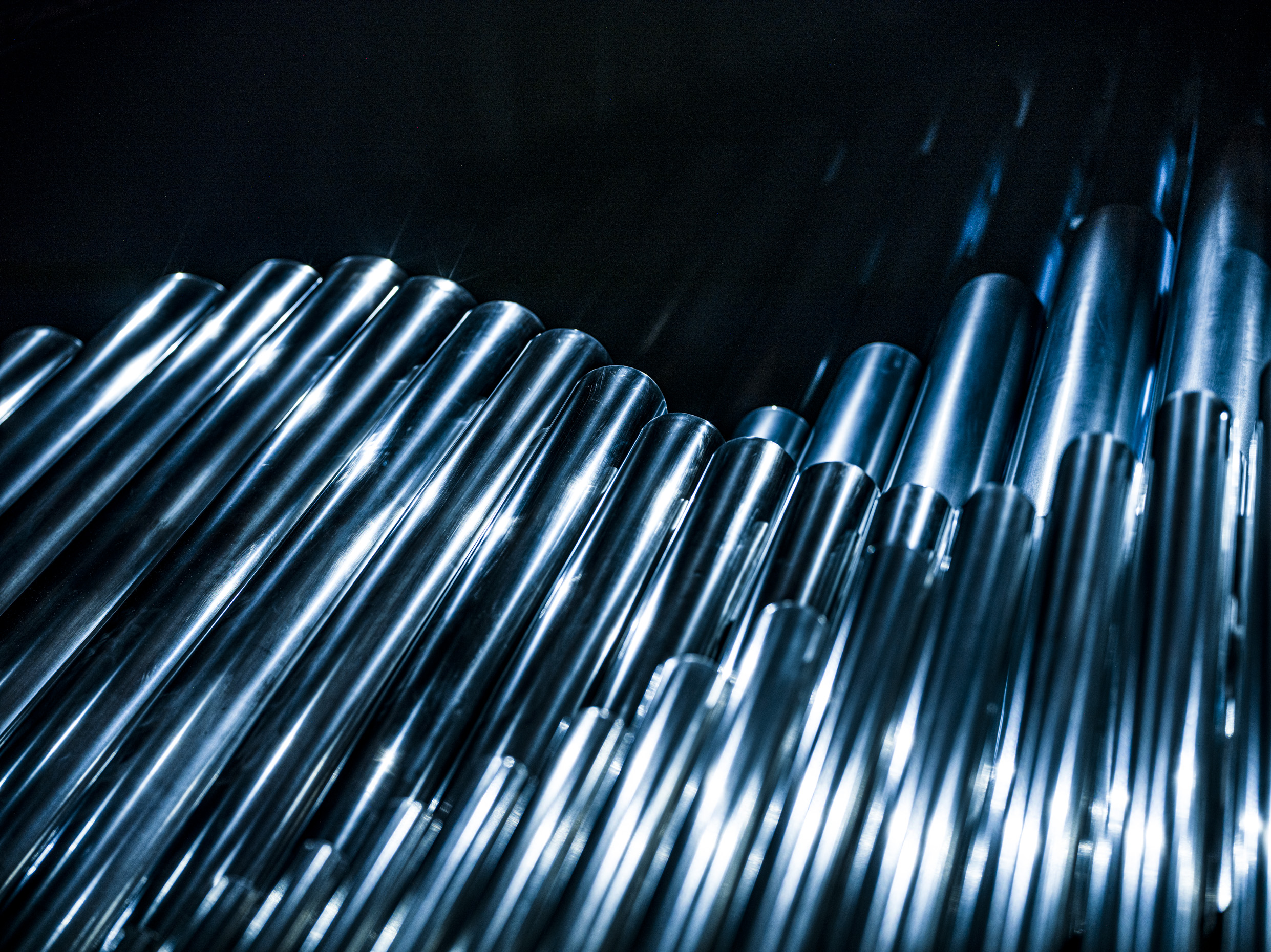
Organ
„The design phase was a particularly important one – the hundreds of drawings which would not have come to be if it had not been for modern technology supporting drawing and calculations”
The concert inaugurating our organ takes place 3026 days after the opening ceremony of NOSPR’s new seat. A long time? Let us quote some figures. The instrument is as large as a two-storey house and comprises nearly a million handmade parts. This means that, counting from the opening of the NOSPR building to the organ inauguration, Anton Škrabl’s workshop had to design, manufacture and assembly 330 parts every day. Thus, working nonstop, the makers would have c 4.5 minute for the manufacturing and assembly of each element.
Until the telephone switch began operation at the turn of the 19th century, the organ had been considered the most complex mechanism ever designed by humankind. This is no ordinary instrument, but an enormous physical machine forming an organic unity with its space, dependent on the latter and reacting to the changes it undergoes. It is little wonder that making an organ requires no fewer than twenty specialists in various fields cooperating, and the final result is predominantly the fruit of work done with their ears and hands.
Countless hours of consulting and research done by Julian Gembalski, the author of the NOSPR organ concept, Anton Škrabl, the main builder, and Tomasz Konior, the architect of the NOSPR seat, gave rise to a monumental instrument in the style of French symphonism, 13 metres tall, 9 metres wide, and 6 metres deep, comprising 108 ranks and two consoles, one of which is enhanced with a German-style manual.
Although the NOSPR organ features multiple solutions inspired by the legends of the Rouen or the Notre-Dame de Paris cathedrals, it is predominantly a contemporary instrument, worthy of the 21st century. Contemporary means versatile – one opening up millions of opportunities for us, enabling us to reach for music from the great masters of the past with no restraint, just as easily as we reach forward, preparing us for music which we are, as of today, not even capable of imagining.
Funded by the Minister of Culture and National Heritage

Blending the richness of Silesian organ traditions with the greatest achievements of French organ masters, the NOSPR organ bridges the local and the global.
Mechanics in the service of music
Contemporary means open
A million parts – a million possibilities.
